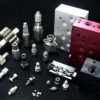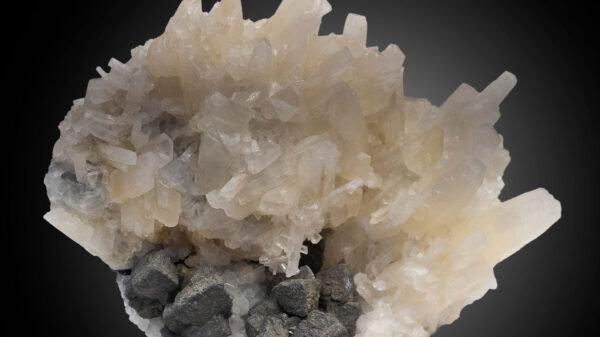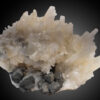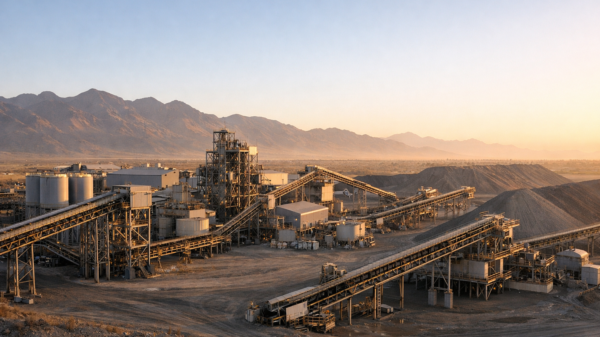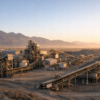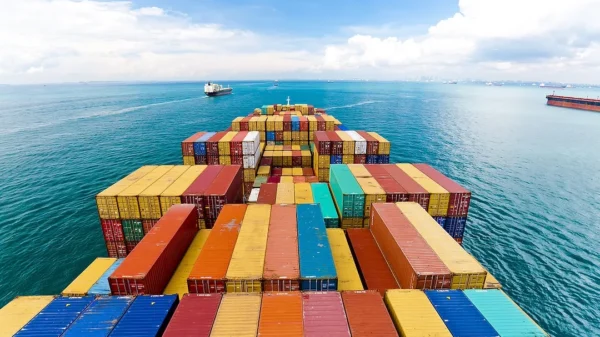A domestic recycling initiative is trying to provide an alternative to Chinese dependence on rare earth elements by turning discarded data center hardware into a eco-friendly and reliable source of critical minerals, including rare earth elements.
Rising U.S.–China tariffs have placed rare earth exports in the crossfire, threatening global tech and defense supply chains.
On April 4, China responded to Trump’s tariffs by imposing new restrictions on seven rare earth elements and magnets. Furthermore, Chinese exporters must now obtain licenses, delaying outbound shipments of these critical materials.
The move directly answered U.S. tariffs, which initially reached 145 per cent and have since surged to 245 per cent. Markets that depend on rare earths have reacted with concern. It’s a sensible reaction given that China currently supplies more than 50 per cent of the United States’ critical minerals.
It’s prompted multiple firms to collaborate on a new pilot project involving processing nearly 50,000 pounds of decommissioned hard drives and server hardware.
Western Digital Corp (NASDAQ: WDC), Microsoft Corp (NASDAQ: MSFT), Critical Materials Recycling (CMR), and PedalPoint Recycling are using a new acid-free chemical method to extra REE like Neodymium, Praseodymium and Dysprosium, as well as high-purity gold, copper, aluminum and steel. The materials are then fed back into supply chains to support electric vehicles, wind turbines and electronics.
“This initiative sets a new standard for end-of-life data storage management,” said Jackie Jung, vice president of global operations strategy and corporate sustainability at Western Digital.
“This project is more than a milestone. It’s a model for sustainable progress in critical material recovery.”
Read more: NevGold uncovers high-grade multi-metallic mineralization in Idaho
Read more: NevGold’s long intervals of antimony & gold mineralization turn heads
Program extends beyond corporate sustainability
Acid-free dissolution recycling (ADR) sits at the core of the process, developed by the Critical Materials Innovation (CMI) Hub. The pilot achieved a 90 per cent recovery rate for rare earths and base metals. It also reached 80 per cent total material recovery by mass.
Additionally, the process delivers significant environmental benefits. A life cycle analysis shows it reduces greenhouse gas emissions by 95 per cent versus traditional mining and refining.
The pilot sourced materials from Microsoft data centers across the U.S., showing strong potential for national scalability.
Chuck Graham, corporate vice president at Microsoft, said the results prove a sustainable, economically viable system is possible.
“It’s a chance to reuse materials, cut waste, and lower carbon impacts across our entire sector,” Graham said.
The program’s impact extends beyond corporate sustainability. By completing rare earth oxide production domestically, it strengthens national security and lowers reliance on global markets.
As trade policies grow more unpredictable, the U.S. has made building a local supply chain a top priority.
Tom Lograsso, director of the CMI Hub, commended the team’s speed, calling the eight-year scale-up of ADR a major achievement. As AI and data storage needs grow, so does demand for hard drives—making rare earth recovery a promising long-term U.S. strategy.
Brian Diesselhorst, CEO of PedalPoint Recycling, said the pilot highlights the power of industry collaboration and the potential for widespread impact. With rising geopolitical tensions, securing a domestic rare earth supply has shifted from an option to a national necessity.
Read more: NevGold pulls critical mineral antimony from Limo Butte property in Nevada
Read more: NevGold uncovers high-grade multi-metallic mineralization in Idaho
Antimony has become focal point in supply chain issues
The escalating U.S.–China trade conflict has thrust critical minerals into the geopolitical spotlight.
However, beyond REEs, China’s grip extends to other critical minerals.
Specifically, it produces approximately 60 per cent of the world’s germanium and 80 per cent of global antimony supply. Antimony is absolutely vital for flame retardants, semiconductors, and military applications, has become a focal point in supply chain discussions. In September 2024, China imposed export restrictions on antimony, further tightening global supply.
In response, companies are seeking domestic sources to mitigate reliance on Chinese imports. For example, NevGold Corp (CVE: NAU) (OTCMKTS: NAUFF) (FRA: 5E50) is advancing its Limousine Butte Project in Nevada, uncovering significant oxide gold antimony mineralization. Recent drilling revealed up to 0.46 per cent antimony over 16.8 meters, indicating strong potential for domestic supply.
Similarly, Perpetua Resources Corp. (NASDAQ: PPTA) (TSE: PPTA) Stibnite Gold Project in Idaho holds one of the largest economic reserves of antimony in the U.S., projected to supply approximately 35 per cent of domestic demand during its initial six years of production .
.
NevGold Corp is a sponsor of Mugglehead news coverage
.




